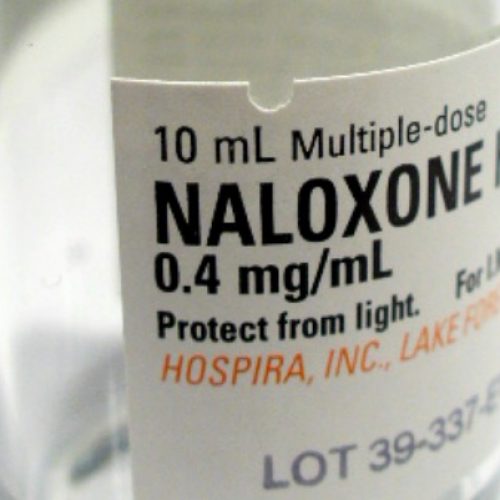FROM THE BLOG OF NORA VOLKOW, MD
September 19, 2018

The public health emergency regarding opioid misuse, addiction, and overdose affects millions of Americans and requires innovative scientific solutions. Today, during National Prescription Opioid and Heroin Awareness Week, we are sharing news of an important step towards these solutions through the HEALing Communities Study—an integrated approach to test an array of interventions for opioid misuse and addiction in communities hard hit by the opioid crisis.
Six months ago, the National Institutes of Health (NIH) launched the Helping to End Addiction Long-Term (HEAL) Initiative, a bold multi-agency effort to catalyze scientific discoveries to stem the opioid crisis. HEAL will support research across NIH, using $500,000 of fiscal year 2018 funds, to improve prevention and treatment of opioid use disorder and enhance pain management.

Through HEAL, NIH will harness the power of science to bring new hope for people, families, and communities affected by this devastating crisis. The current menu of evidence-based prevention, treatment, and recovery interventions has not been fully implemented nationwide. An unacceptably low fraction – about one fifth — of people with opioid use disorder receive any treatment at all. Of those who do enter treatment, only about a third receive any medications—which are universally acknowledged to be the standard of care—as part of their treatment. However, even when medications are used as a component of treatment, the duration is typically shorter than clinically indicated, contributing to unacceptably high relapse rates within the first 6 months.
To take on this challenge, as part of the broader HEAL initiative, NIH has partnered with the Substance Abuse and Mental Health Services Administration (SAMHSA) to launch the HEALing Communities Study. This study will evaluate the impact of implementing an integrated set of evidence based practices for prevention and treatment of opioid use disorders in select communities with high rates of opioid overdose mortality, with a focus on significantly reducing opioid overdose fatalities by 40%. Targeted areas for intervention include decreasing the incidence of opioid use disorder, increasing the number of individuals receiving medications for opioid use disorder treatment, increasing treatment retention beyond 6 months, receiving recovery support services, and expanding the distribution of naloxone.

Toward this goal, today NIDA issued funding opportunities for cooperative agreements for components of the HEALing Communities Study: a data coordinating center and up to three research sites to measure the impact of integrating evidence-based prevention, treatment, and recovery interventions for opioid misuse, opioid use disorder, opioid-related overdose events and fatalities across multiple settings, including primary care, behavioral health, and justice. We also encourage evidence-based interventions for prevention and treatment that involve community resources such as police departments, faith-based organizations, and schools, with a focus on rural communities and strong partnerships with state and local governments.
The evidence we generate though the HEALing Communities Study, the most ambitious implementation study in the addiction field to date, will help communities nationwide address the opioid crisis at the local level. By testing interventions where they are needed the most, in close partnership with SAMHSA and other Federal partners, we will show how researchers, providers, and communities can come together and finally bring an end to this devastating public health crisis.
The following website can help you find substance abuse or other mental health services in your area: www.samhsa.gov/Treatment. If you are in an emergency situation, people at this toll-free, 24-hour hotline can help you get through this difficult time: 1-800-273-TALK. Or click on: www.suicidepreventionlifeline.org. We also have step by step guides on what to do to help yourself, a friend or a family member on our Treatment page.

